Nowadays, royal jelly is a must-have product in food, cosmetics and nutraceutical industries. However, all products available on the market do not present the same quality and characteristics. To certify the quality of royal jelly, an international standard was created in 2016. Named ISO 12824, this standard introduces quite a few requirements which are detailed on data sheet of products. Let’s have a look on key points of royal jelly specification.
Fresh or lyophilized royal jelly ?
First off, one must know that royal jelly may be proposed fresh or lyophilized. When you choose a fresh or defrosted royal jelly, make sure that the respect for the cold chain is guaranteed. Lyophilized royal jelly is presented in powder. It is obtained thanks to a freeze-drying process which allows to preserve nutritional and organoleptic qualities of the product and also biological properties of active ingredients.
What is the 10-HDA content of royal jelly?
10-hydroxy-2-decenoic acid, better known as 10-HDA, is the most known and studied active ingredient of royal jelly. According to the researchers, 10-HDA has immunomodulatory activity and antibacterial action. Nevertheless, 10-HDA content may differ from one product to another. It may be affected by several parameters, especially during production, transport and storage. Since 2016, the standard ISO 12824 defines a minimum 10-HDA content of 1.4 g for 100 g of fresh royal jelly. This minimum content is equivalent to the quantity naturally found in natural royal jelly. It is important to respect the nutritional balance of the product in order to benefit from its health properties. By the way, we advise to not use royal jelly that underwent additional industrial processes to increase 10-HDA content.
Type 1 or type 2 royal jelly?
The standard ISO 12824 distinguishes also two qualities of royal jelly. Those two qualities differ through the feeding of worker bees. If they were exclusively fed with pollen, nectar or honey, the royal jelly is qualified as type 1. Otherwise, it is considered as type 2 if other food were given to bees such as sugar syrups or proteins. In that respect, it is preferable to choose type 1 royal jelly. On the data sheet, it is possible to recognize it by analyzing several figures. Type 1 royal jelly presents a C13/C12 ratio of isotopes between -29 and -20 and has also regulated rates of sucrose (< 3%), erlose (< 0.5%), maltose (< 1.5%) and maltotriose (< 0.5%).
What are test results of contaminants?
It is important to study test results of contaminants when choosing a royal jelly. It may be certified organic if it respects set criteria of European Commission. In Natural Origins, royal jelly batches undergo quality checks systematically. These last ones concern the presence of pesticides, heavy metals and antibiotics.
How to choose a quality royal jelly for the nutraceutical industry ? Our free ebook gives you experts' advice!
Sources:
- Alreshoodi F. M., and Sultanbawa Y. 2015. Antimicrobial Activity of Royal Jelly. Antiinfect. Agents 13:50–59.
- Yousefi B., Ghaderi S., Rezapoor-Lactooyi A., Amiri N., Verdi J., and Shoae-Hassani A. 2012. Hydroxy decenoic acid down regulates gtfB and gtfC expression and prevents Streptococcus mutans adherence to the cell surfaces. Ann. Clin. Microbiol. Antimicrob. 11:21.
- Mihajlovic D., Rajkovic I., Chinou I., and Colic M. 2013. Dose-dependent immunomodulatory effects of 10-hydroxy-2-decenoic acid on human monocyte-derived dendritic cells. J. Funct. Foods 5 838–846.
- International Standard Organization. 2016. ISO 12824 standard « Royal Jelly - Specifications ». First edition.
Marc Roller, PhD
CEO & Partner Natural Origins - Head of Innovation

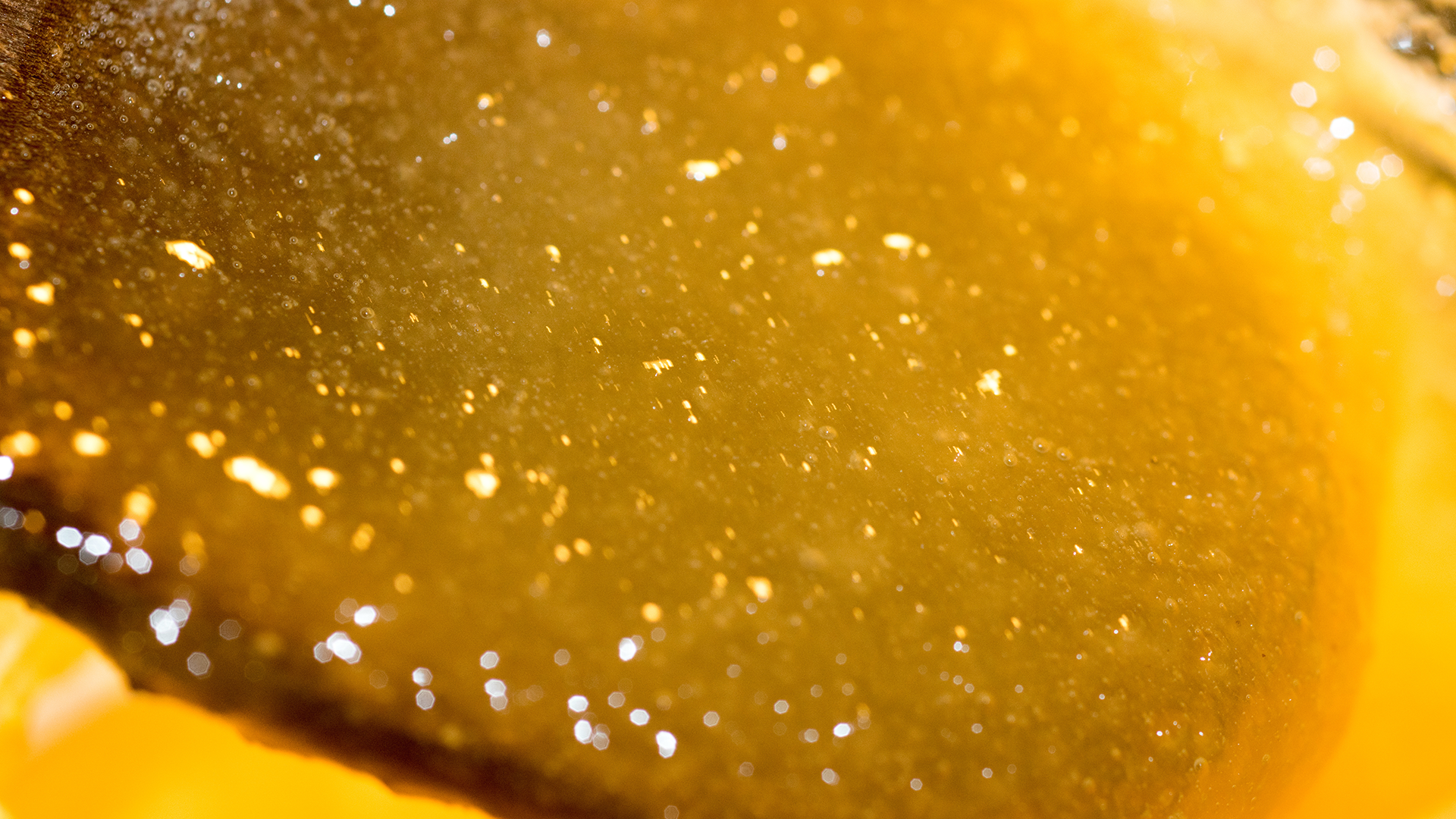

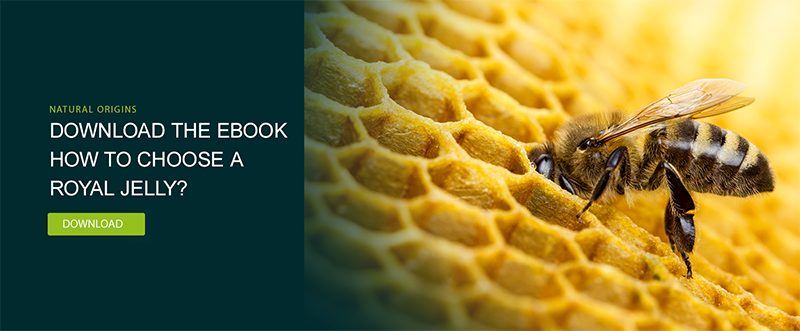
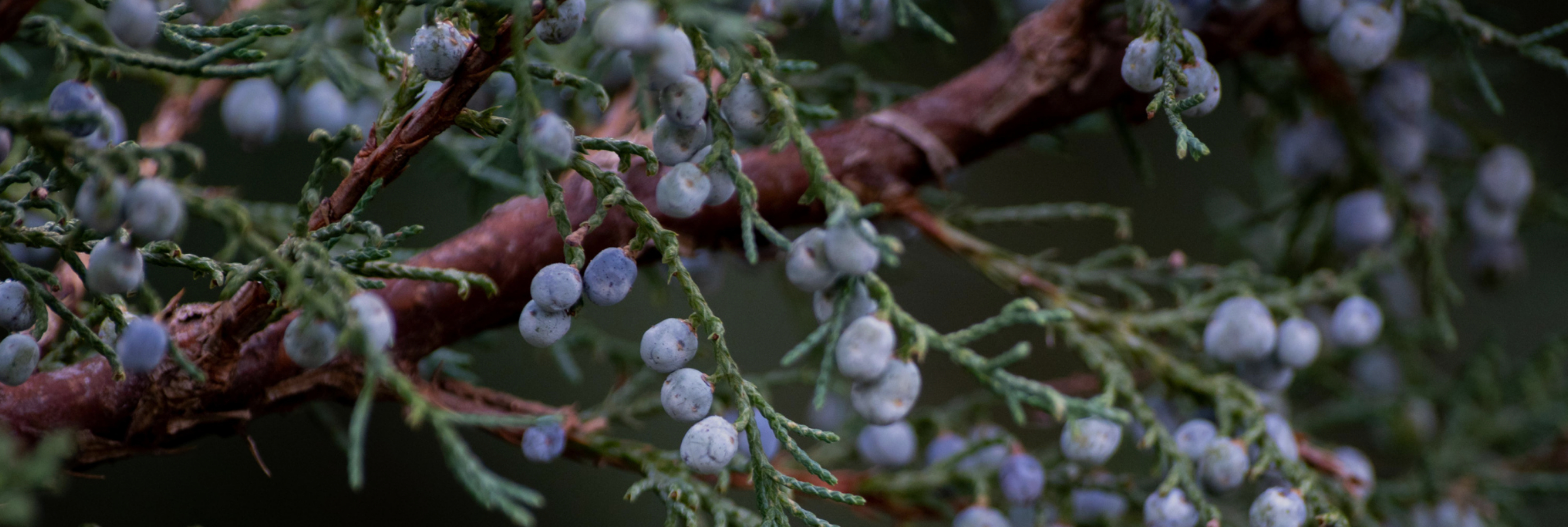
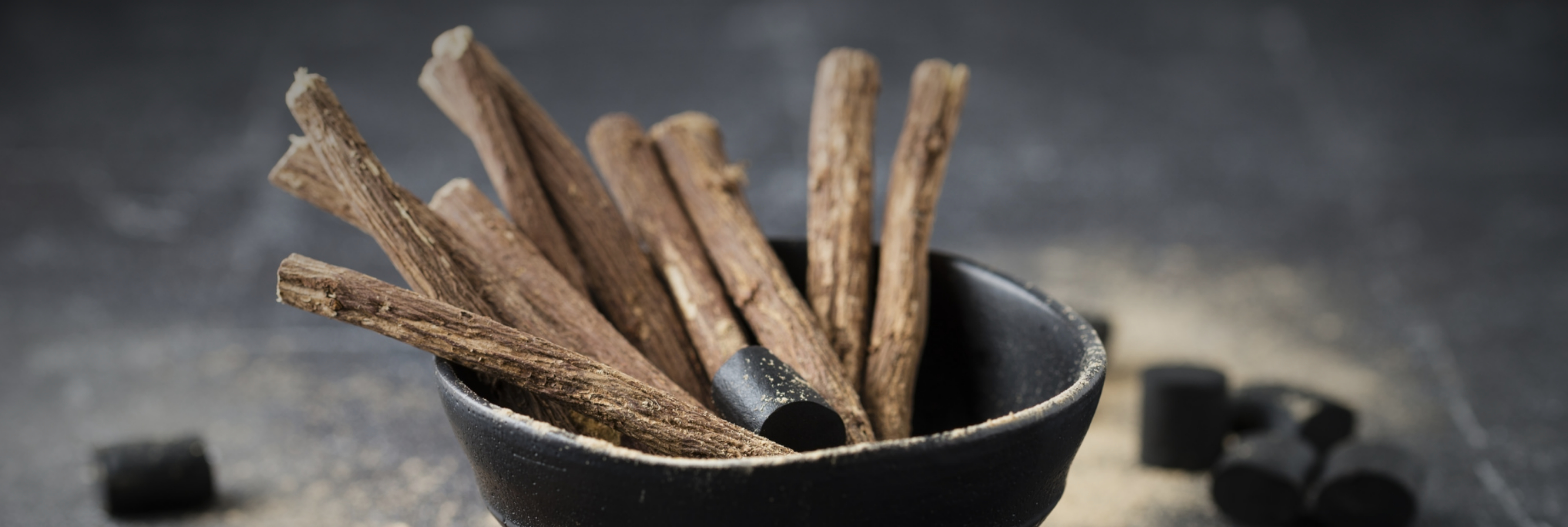
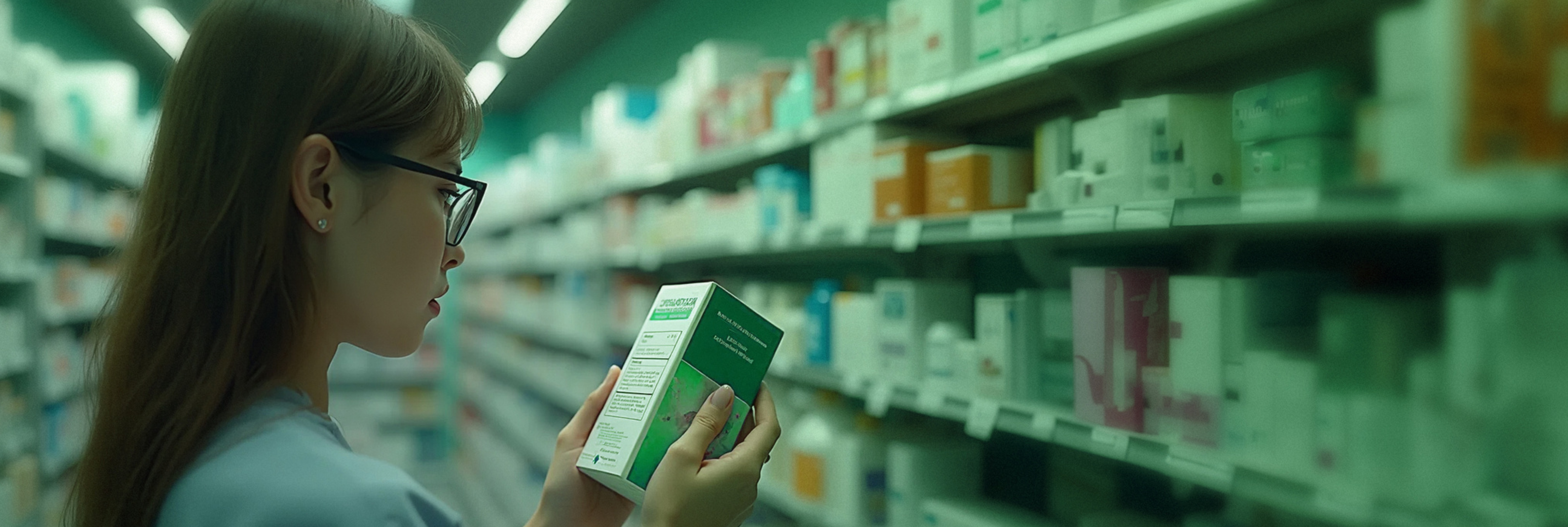
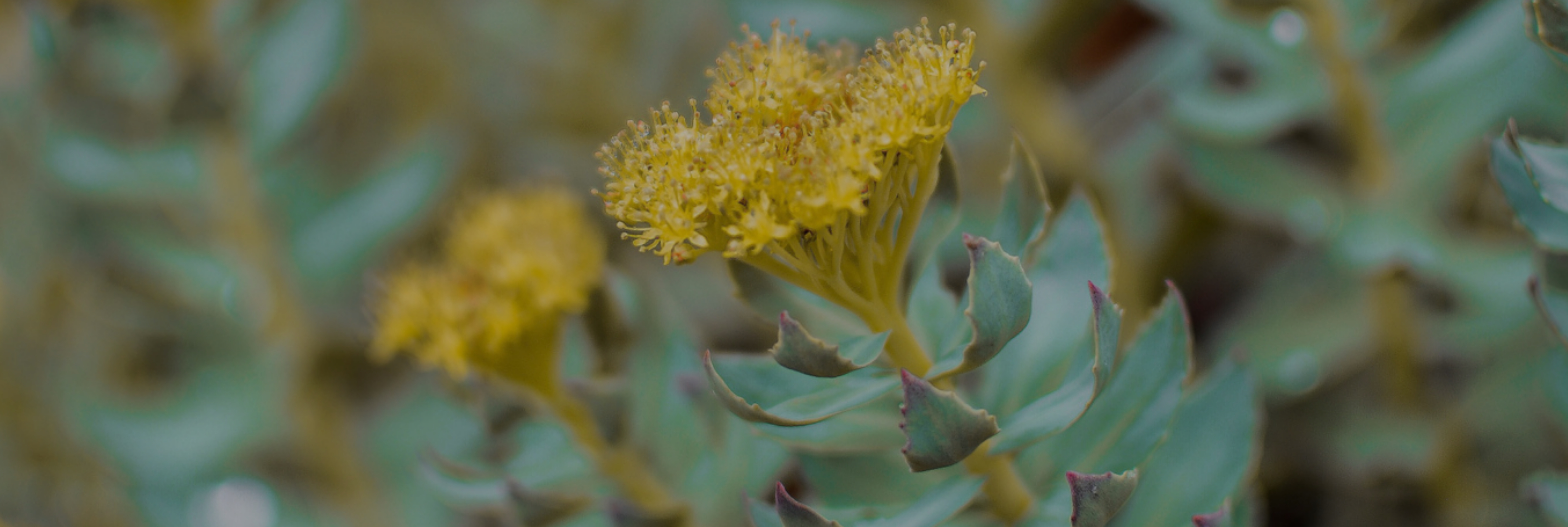
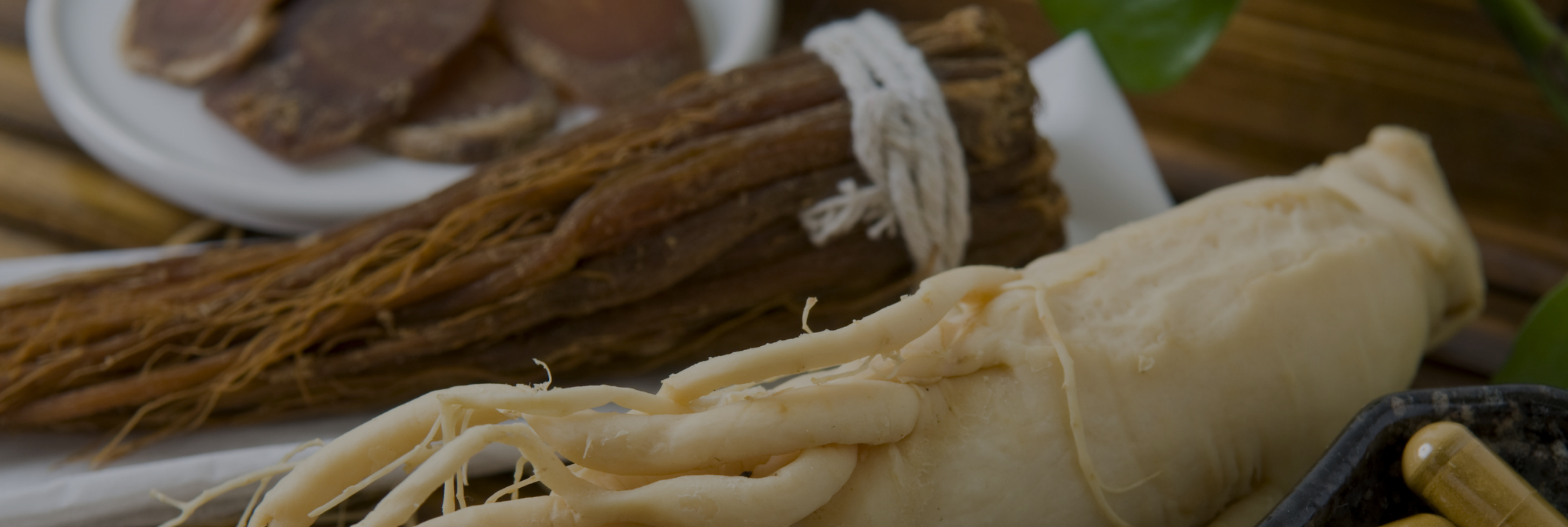
Leave a comment